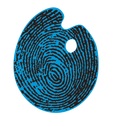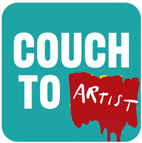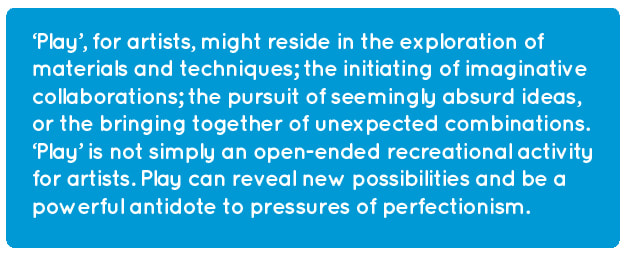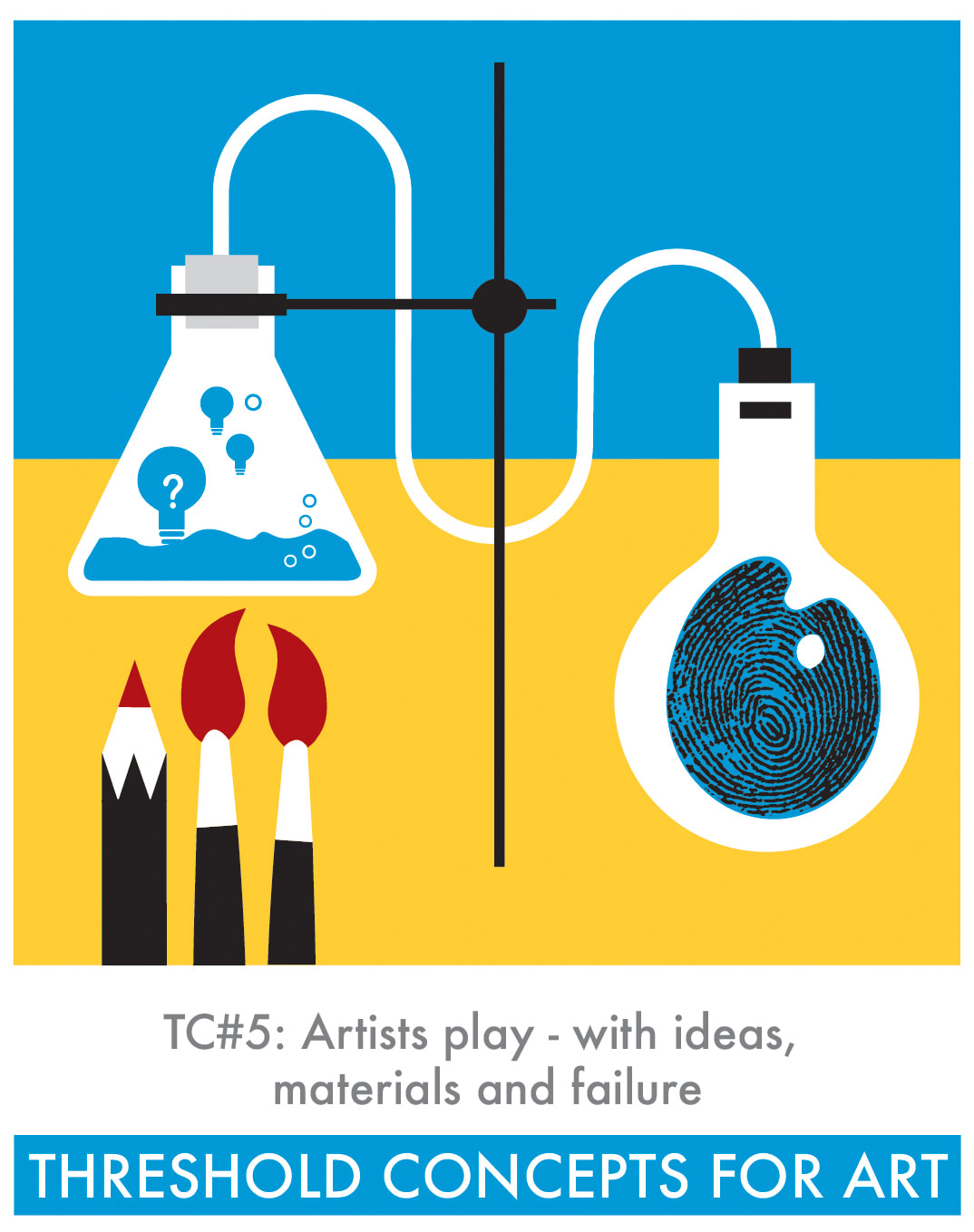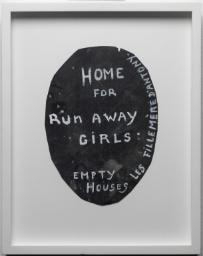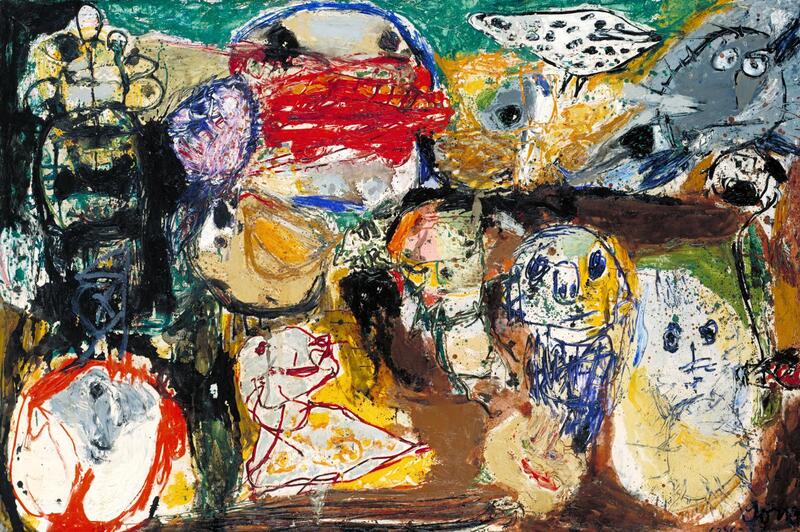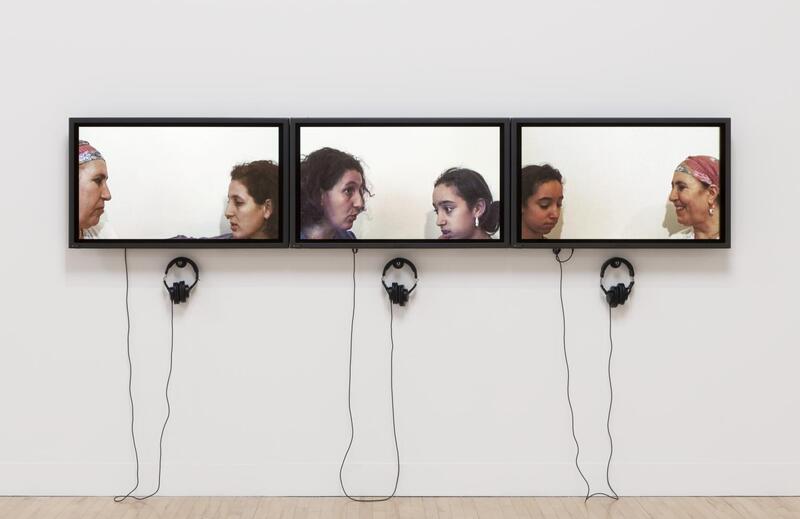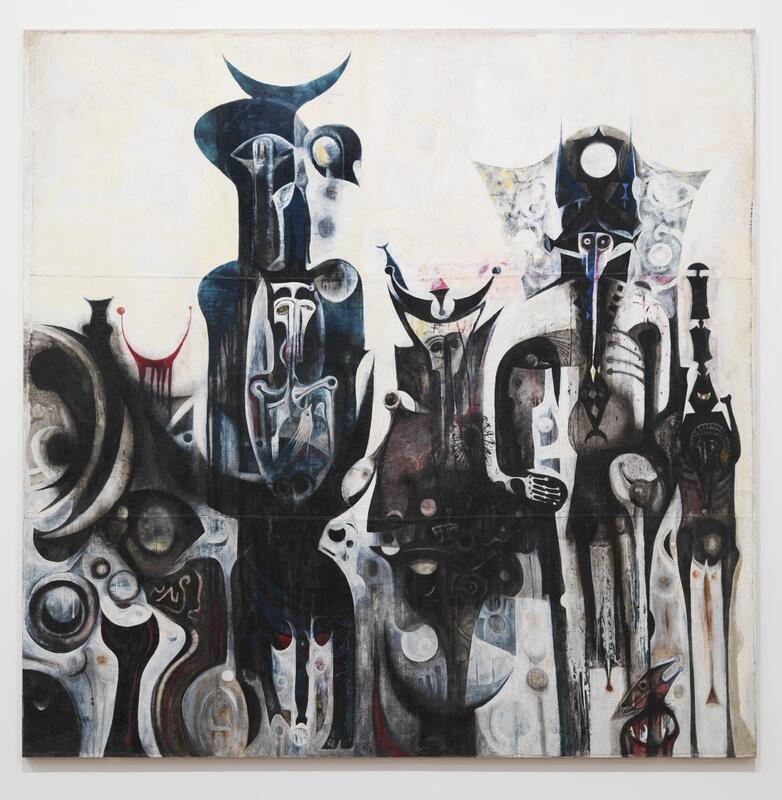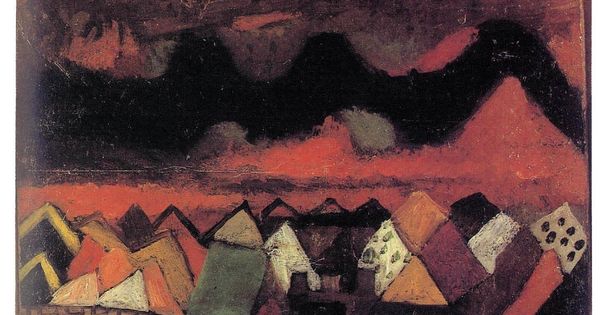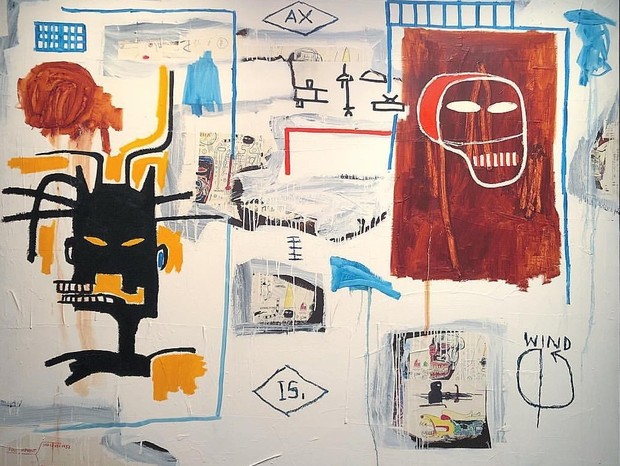|
Task 5 connects with Threshold Concept 5. This 'big idea' provides an opportunity to consider how artists 'play' with ideas, materials, memories and experiences - and mistakes and failure.
You will complete: 1. a short creative writing exercise (suggested time: approx 1-2 hours). 2. a personal, practical response influenced by a childhood memory of art, or of making art (approx 4-6 hours). |
|
a work of art must escape all human limits: logic and common sense only interfere. once these barriers are broken, it will enter the realms ofchildhood visions and dreams.” Giorgio DeChirico
ACTIVITY PART 2: CHILDHOOD ART, RE-IMAGINED
The challenge with Part 2 is to consider the creative marks made by children (and you, as a young child), and their potential appeal (or not) in comparison to marks that are made with further experience, knowledge and deliberation. You are to:
This might be from an old artwork you have to hand, or inspired by a memory (of yours, or perhaps shared by a parent or carer). You might opt to demonstrate great improvements in technical skill and control or, alternatively, you might set out to recapture the same uninhibited authenticity. Importantly, do not simply copy the work. But do sensitively apply increased skills and gained knowledge. Your response will possibly look quite different, perhaps unrecognisably so. For example, you might consider adapting the original subject matter to be more relevant to you now, or you might use an alternative scale or media to bring new interpretation to the work. Read the text below and research relevant links to help further.
- Respond creatively to an artwork that you recall making as a child.
This might be from an old artwork you have to hand, or inspired by a memory (of yours, or perhaps shared by a parent or carer). You might opt to demonstrate great improvements in technical skill and control or, alternatively, you might set out to recapture the same uninhibited authenticity. Importantly, do not simply copy the work. But do sensitively apply increased skills and gained knowledge. Your response will possibly look quite different, perhaps unrecognisably so. For example, you might consider adapting the original subject matter to be more relevant to you now, or you might use an alternative scale or media to bring new interpretation to the work. Read the text below and research relevant links to help further.
TASK 5 ADDITIONAL PROMPTS & RESOURCES
|
Artists have long-held a fascination for drawings by children. I'll avoid an overused quote here by Picasso, but it is perhaps him and his Modernist contemporaries - Joan Míro, Paul Klee, Henri Matisse, and Jean Dubuffet - that are most associated with this - the pursuit of the 'innocent eye' of childhood. All of these artists were drawn to the seemingly 'naive', 'raw' and 'spontaneous' appeal of children drawings - mark making uninhibited by traditions or any formal art education. It's worth noting too that this interest was enhanced by a fashion for 'Primitive' Art at that time, fuelled by new archaeological discoveries and an increase in the importing - and cultural misappropriation - of cultural artefacts from other continents such as Africa and Asia. (The ArtPedagogy lesson, Pre-History Now explores these themes in more depth). |
The power of painting depends on our recovery of what may be called the innocence of the eye; [...] a sort of childish perception of these flat stains of colour without consciousness of what they signify - as a blind man would see if suddenly gifted with sight. John Ruskin, 1857 |
Still, rather than provide further links to the already-prominent artists mentioned above, the examples below have been chosen to introduce alternative interpretations and responses to memories of childhood and related themes. Following the links is recommended. This will provide further context for these specific choices.
TASK 5 SUMMARY
You should complete:
- a range of notes in response to the information above. This might also include wider research and experimental sketches.
- A short experimental text that reflects on a specific memory of making art (or encountering art) as a young child - this text might be considered/presented as an artwork in its own right.
- An artwork/personal development in response to an artwork that you created as a child - applying sensitive thinking and developed understanding/knowledge/skills.
